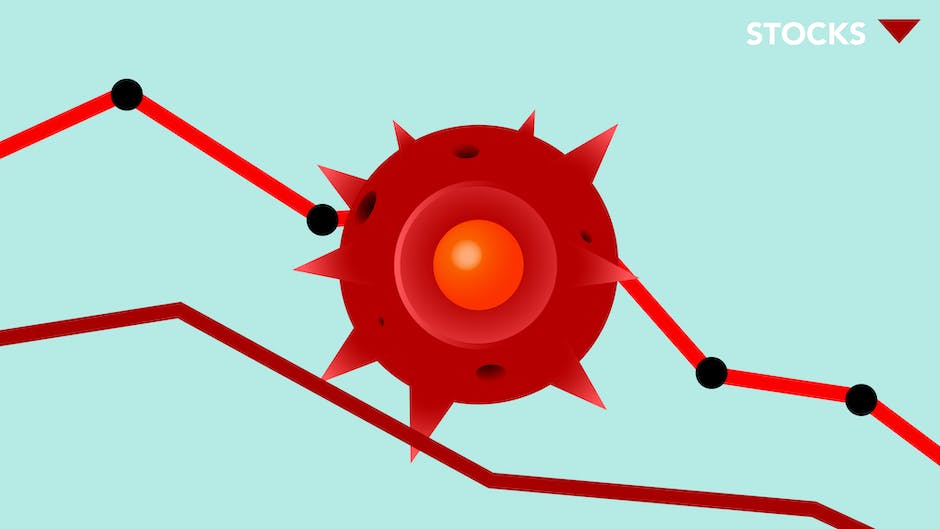In this article we will delve into market demand and take a look at specific types of demand, such as:
- full,
- overfull,
- declining,
- negative,
- latent, and
- irregular.
Market Demand: What’s that, precisely?
At its simplest, market demand is the total demand for a particular product or service in the market at a given time. It aggregates the individual demands of all potential or actual buyers in a market.
Why it’s Important
Let’s take a look at the reasons why understanding market demand is important for marketers:
Identifying Opportunities
Market demand helps businesses identify opportunities. For example, a sudden surge in the demand for healthy snacks could inspire a company to launch its own range of nutritious nibbles.
Pricing Strategy
Market demand also influences a company’s pricing strategy. If demand is high, a company might charge a premium. But if demand is lower, a lower price might be more enticing to potential customers.
Resource Allocation
Brands need to understand market demand to allocate resources efficiently. If they expect high demand, they’ll need to produce more, requiring more inputs. If they forecast lower demand, they’ll want to scale back to avoid wasting resources.
Competitive Edge
Lastly, understanding market demand gives businesses a competitive edge. If they can anticipate shifts in demand before competitors do, they can adjust their strategies to take advantage.
Some Examples
Let’s consider two scenarios emphasizing the importance of market demand:
The Boom of Smartphones
Back when Nokia ruled the mobile phone world, something shifted. People began to need more than just calls and text messages from their phones. They needed a device that did everything – the smartphone.
Companies like Apple and Samsung understood the burgeoning demand and introduced trailblazing smartphone technology. Nokia couldn’t keep up, and the rest is history!
The Rise of Organic Foods
Over the past few years, people have become more health-conscious. Demand for organic food and beverages began to skyrocket.
Companies that saw this trend in market demand, like Whole Foods and Sprouts, are now prominent players in this space. Those that didn’t take heed have probably found themselves left behind.

Understanding Full and Overfull Demand
In the world of marketing, understanding market trends and consumer preferences is fundamental. so let’s delve deeper into two concepts – full and overfull demand.
Full Demand
Full demand is a scenario where the quantity of goods or services provided in the marketplace perfectly matches consumer demand. In other words, if we’re a company manufacturing 1000 units of ‘Product X’, and there are exactly 1000 customers willing to buy that product, we have a full demand situation.
Consider that you’re running a bakery, and you bake 50 loaves of bread each day. If at the end of the day, all 50 are sold every day, you’re experiencing full demand. Hence, it’s critical to have a keen understanding of the target audience, their needs, preferences, and purchasing power to create a market equilibrium.
How Full Demand Occurs
Full demand can happen in industries where companies can predict consumer behavior accurately. This phenomenon depends on several factors like a robust market survey, a business’s adaptability to the changing market trends, an in-depth competitor analysis, and an insight into consumer preferences.
Historical data on sales, competitor pricing, market growth trends, and technological advancements also play a crucial role in reaching this market equilibrium.
Overfull Demand
Let’s move on to another element – overfull demand. This situation arises when the number of interested buyers exceeds the number of products or services available in the market.
This outstrips of supply over demand often results in rising prices. Simply put, if there are only 800 units of ‘Product X’ but 1000 interested purchasers, we’re facing an overfull demand.
For an example, think of holiday seasons when demand for products and services often outnumbers their supply, such as favorite kids’ toys or plane tickets for popular vacation destinations.
What Causes Overfull Demand?
Several factors can contribute to overfull demand:
- supply chain disruptions leading to scarcity,
- aggressive marketing campaigns generating excessive demand,
- the introduction of a coveted new product that sparks consumer enthusiasm,
- events like natural disasters or global pandemics can cause panic buying
To manage an overfull demand, companies can ramp up their production, increase their prices, or use waitlists. Simply put, they must find a strategy to balance supply with demand to maintain customer satisfaction and reap financial profits.

Declining and Negative Demand
Let’s now look at two less desirable scenarios faced by businesses – Declining Demand and Negative Demand.
Declining Demand
Imagine you’re in a classic car selling business where the demand has been falling over time. This situation is referred to as Declining Demand. Here, your product isn’t as favored as it was previously, maybe because of a shift in trends. When consumers start choosing digital over classic, you’ll witness a dwindling demand for your goods.
Take for example Blockbusters, a giant in video rentals in the 90s. However, as technology grew, so did people’s preference for convenience, causing Blockbusters to witness a decline in demand, eventually leading to their downfall.
How to Maneuver?
- Reposition Products: In response to declining demand, you can reposition your product. Remember those car manufacturers? They might shift focus to making vintage-inspired cars with modern technology.
- Rediscover Market Segment: Unearth new segments who value your product. Blockbusters could have targeted people who value the nostalgic experience of renting physical videos.
- Product Improvement: Another strategy is to improve your product based on customer feedback. Perhaps improving the quality of your classic cars or offering a customization service.
Negative Demand
Now, think of a product or service that customers disregard or harbor resentment towards, despite its necessity. Take vaccinations, for instance. Although crucial for health, some people have a negative perspective towards them. This is Negative Demand.
How to Navigate?
- Product Education: The way to tackle this is through education. Bring to limelight the benefits of your product. Health organizations, for example, consistently spread awareness about the benefits of vaccines.
- Improve Public Image: Engage in public relations activities to improve the image of your product or service.
- Product Redesign: If it’s the product causing aversion, consider redesigning it to better suit consumer preferences.
Facing declining or negative demand isn’t easy, but capable businesses see these as challenges to overcome. By understanding the nature of these demands and strategically maneuvering the company’s marketing practices, businesses can turn the tide in their favor.

Latent and Irregular Demand
Now we move to two other types of demand – latent and irregular.
Latent Demand
In simple terms, latent demand exists when there is a strong desire for a product or service, but the market currently has no suitable solution.
Think here of years gone by when individuals desired a portable means of communication. That was a latent demand until the mobile phone was created.
In the marketing world, latent demand presents a golden opportunity for businesses. It’s like having a very dedicated crowd of customers just waiting around for the right product to come along. Identifying and tapping into this demand before competitors is key.
How should businesses respond to latent demand?
- R&D and Innovation: Invest in research and development. Create a product or service that can satisfy the latent demand, just like the original smartphone did.
- Market Education: Sometimes consumers need to be made aware that a solution to their problem exists. Educational marketing campaigns can be highly effective in such situations.
- Partnerships: Partnering with other companies can help speed up the product development process and meet the latent demand faster.
Irregular Demand:
Irregular demand is exactly as it sounds – demand that fluctuates dramatically, often unpredictably. Businesses that deal with seasonal products, for example ice cream vendors or swimwear manufacturers, regularly navigate this type of demand.
So how should businesses manage this type of unpredictability?
- Inventory Management: Managing inventory effectively is crucial to prevent stock-outs (or equally damaging, surplus).
- Demand Forecasting: Use historical data and market research to anticipate demand peaks and troughs.
- Diversification: Extend product lines or services to mitigate dependency on a single, seasonal product.
For instance, ice cream vendors could diversify into hot beverages for colder months, thereby balancing out the irregularity in their demand.


